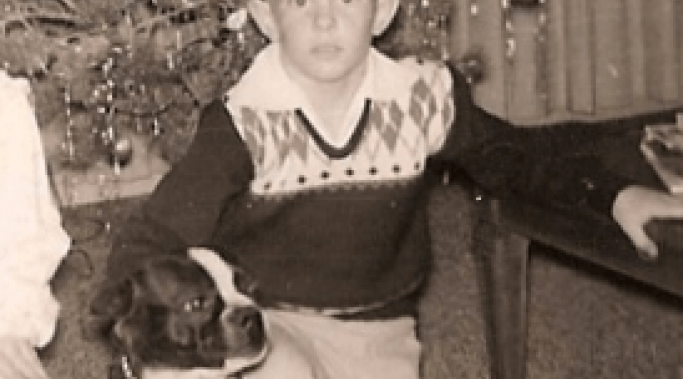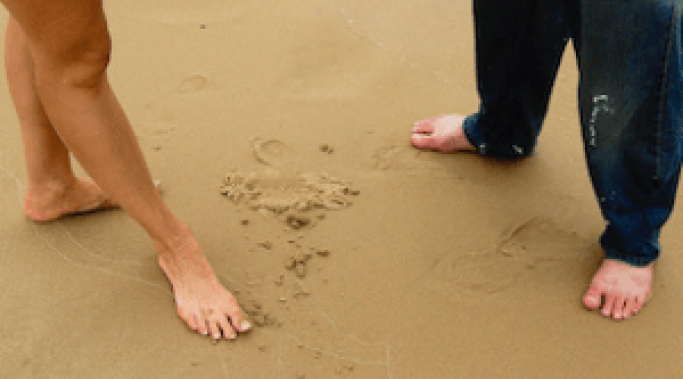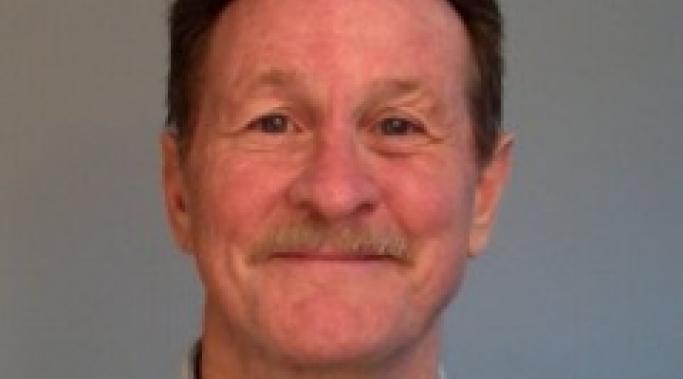I have received enormous benefit to my PTSD recovery from the use of inner child exercises. Inner child exercises help heal the wounded child who lived for so many years within my body. It was that damaged child who suffered the abuse that led to my posttraumatic stress disorder (PTSD).
When I was first presented the concept of inner child work, I thought it sounded silly. But in a time of great desperation, I tried it, with the most remarkable results. My PTSD recovery is greatly benefitted by using inner child exercises. Here's how they work.
Trauma! A PTSD Blog
Dealing with body memories in posttraumatic stress disorder (PTSD) recovery is one of the most difficult symptoms. Body memories differ from flashbacks. A flashback is a sudden, vivid memory that makes you feel like you are experiencing your trauma all over again. It's a physical feeling of being there, not just a normal memory where you are recalling what has happened. However, body memories are another type of way we relive trauma that, while far less intense, are still upsetting. Body memories are not so easily identified; they can cause mental problems for years before you recognize them as a body memory.
Developing a sense of personal safety and establishing boundaries is a very important when dealing with my symptoms of posttraumatic stress disorder (PTSD). I can tremendously reduce my anxiety and hypervigilance through creating a safe space for myself. I do this by establishing boundaries as part of my PTSD recovery.
Before being diagnosed with posttraumatic stress disorder (PTSD), I thought that my biggest issue was alcoholism. What I didn't understand was that there was a direct link between my drinking and dealing with my PTSD symptoms. I was self-medicating to control my symptoms without even knowing it.
I have had enormous success by allowing my body to shake to help relieve my symptoms of posttraumatic stress disorder (PTSD). The process sounds a little strange when you first hear about it, but can be an enormously powerful tool in the PTSD healing process. You can allow the body to shake to relieve the symptoms of PTSD.
Hi, my name is Jami DeLoe and I am thrilled to be joining the HealthyPlace.com blogging community as a writer for Trauma! A PTSD Blog. I was diagnosed with posttraumatic stress disorder (PTSD) about four years ago, after suffering with it for well over 20 years. Read on to learn more about my journey with PTSD.
When I deal with posttraumatic stress disorder, I understand the importance of rest. When I was running long distance and training to run marathons, I never ran every day. My typical training week was four days of running, and three days of rest spaced through the week. I have discovered that the same logic serves me well when it comes to dealing with the symptoms of posttraumatic stress disorder (PTSD) and needing rest.
Three years ago this month I joined the HealthyPlace blogging team by creating this blog. I did so because I wanted to write about symptoms of posttraumatic stress disorder (PTSD) and what it takes to heal. This was a personal mission: I am a PTSD survivor who struggled for almost 30 years before launching a healing rampage that led me to freedom. And now, while I'm sad to do it, I must say goodbye to Trauma! A PTSD Blog.
Hi, I’m Dan Hays, and I’m honored to be joining the HealthyPlace team as a writer for Trauma! A PTSD Blog. I'm a posttraumatic stress disorder (PTSD) survivor and author.
Follow-through and healing after posttraumatic stress disorder (PTSD) symptoms arrive is tough as illustrated by a client who recently told me about his plans to begin learning transcendental meditation to reduce his anxiety and he blurted in exasperation, "I know what I have to do to heal! The problem is that even though I know what to do I can't seem to get myself to do it."
This is a common refrain in recovery (and one I often said myself). Knowing what to do but not following through on doing it is one of the biggest problems in how to heal after PTSD symptoms settle in.









